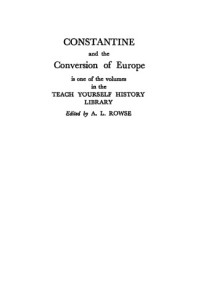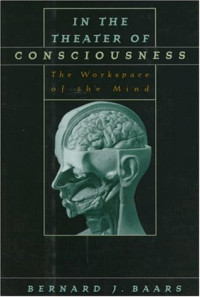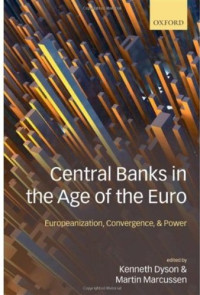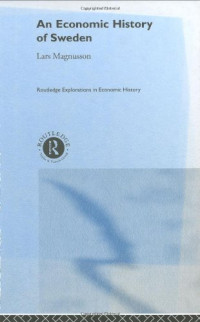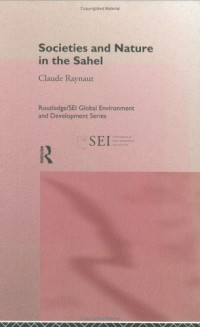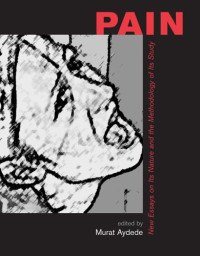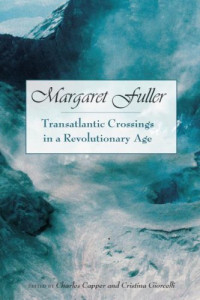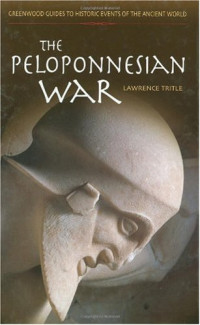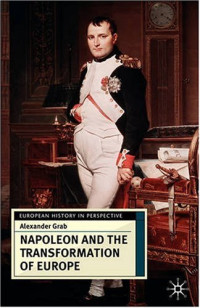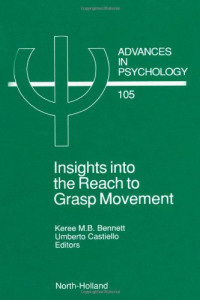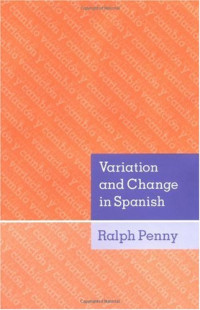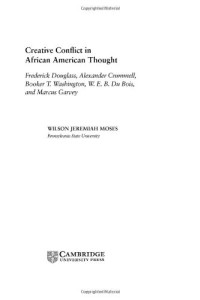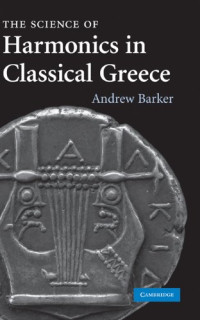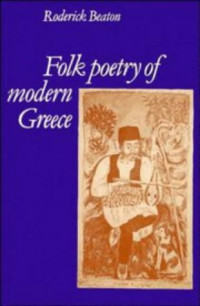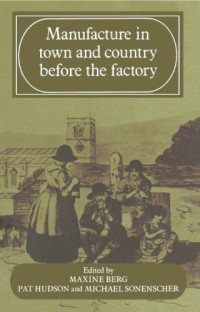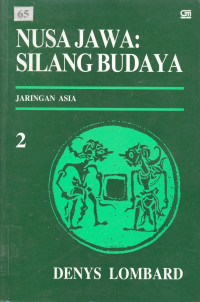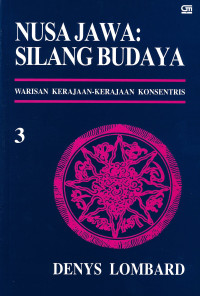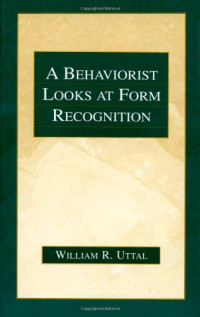
Sweden and Visions of Norway: Politics and Culture 1814-1905
H. Arnold Barton
H. Arnold Barton investigates Norwegian political and cultural influences in Sweden during the period of the Swedish-Norwegian dynastic union from 1814 to 1905. Although closely related in origins, indigenous culture, language, and religion, Sweden and Norway had very different histories, resulting in strongly contrasting societies and forms of government before 1814. After a proud medieval past, Norway had come under the Danish crown in the fourteenth century and had been reduced to virtually a Danish province by the sixteenth. In 1814, as a spin-off of the Napoleonic Wars, Denmark relinquished Norway, which became a separate kingdom, dynastically united with Sweden with its own government under a constitution independently framed that year. Disputes during the next ninety-one years caused Norway unilaterally to dissolve the tie. Seeing the union a failure, most historians have concentrated on its conflicts. Barton, however, examines the impact of the union on internal developments, particularly in Sweden. Prior to 1814, Norway, unlike Sweden, had no constitution and only the rudiments of higher culture, yet paradoxically, Norway exerted a greater direct influence on Sweden than vice versa. Reflecting a society lacking a native nobility, Norway’s 1814 constitution was—with the exception of that of the United States—the most democratic in the world. It became the guiding star of Swedish liberals and radicals striving to reform the antiquated system of representation in their parliament. Norway’s cultural void was filled with a stellar array of artists, writers, and musicians, led by Bj?rnsjerne B?rnson, Henrik Ibsen, and Edvard Grieg. From the 1850s through the late 1880s, this wave of Norwegian creativity had an immense impact on literature, art, and music in Sweden. By the 1880s, however, August Strindberg led a revolt against an exaggerated “Norvegomania” in Sweden. Barton sees this reaction as a fundamental inspiration to Sweden’s intense search for its own cultural character in the highly creative Swedish National Romanticism of the 1890s and early twentieth century. Thirty-three illustrations of art and architecture enhance Sweden and Visions of Norway.
หมวดหมู่:
ปี:
2002
ฉบับพิมพ์ครั้งที่:
1st
ภาษา:
english
จำนวนหน้า:
240
ISBN 10:
0585464561
ISBN 13:
9780809324415
ไฟล์:
PDF, 9.71 MB
IPFS:
,
english, 2002
 Amazon
Amazon  Barnes & Noble
Barnes & Noble  Bookshop.org
Bookshop.org  สามารถแปลงไฟล์ได้
สามารถแปลงไฟล์ได้ ผลการค้นหาเพิ่มเติม
ผลการค้นหาเพิ่มเติม สิทธิประโยชน์อื่นๆ
สิทธิประโยชน์อื่นๆ 